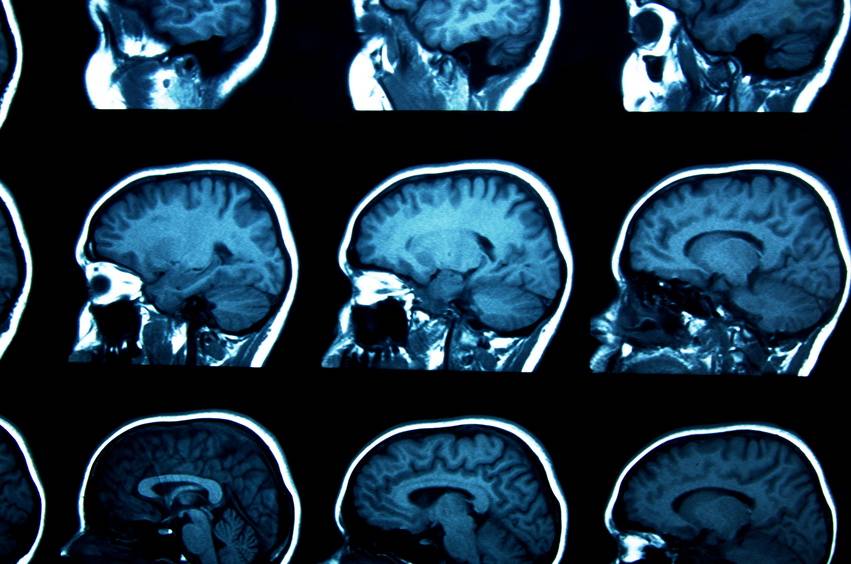A global consortium analyzes neuropsychiatric diseases cell by cell
The PsychENCODE consortium, established in 2015 and dedicated to illuminating the molecular mechanisms underlying schizophrenia, bipolar disorder, and autism spectrum disorder, presents findings based on the examination of human brains at the cellular level. The studies are published today in the journals Science, Science Translational Medicine and Science Advances.

Briz - Neuromolecular
Víctor Briz
Senior Scientist at the Carlos III Health Institute, in the area of Environmental Toxicology of the National Center for Environmental Health
These studies represent a significant advance for neuroscience, as they provide an overview of regulatory regions of the genome and gene expression patterns associated with human brain development and neurological disorders. In this way, they help clarify how individual genetic backgrounds, as well as certain genetic variants, contribute to the onset and progression of these disorders.
The combination of computational methods, developmental biology, and cell-level profiling can help unravel the genetic framework of human development and the adult brain. The data provided in these studies could encourage other researchers to employ new ways to analyze, integrate, and model these datasets, and even expand the analysis to other types of data such as epigenetic (chemical modifications on genes that modulate their expression), protein levels, metabolic states, and spatial organization.
Altogether, these three studies underline the importance of considering the influence of biological factors, including cell type and developmental stages, on the regulation of gene expression in the human brain. Thus, these findings highlight the need to consider the influence of neurodevelopment when interpreting genetic data from adult individuals, especially in the case of neurological disorders that originate during gestation. Finally, the ability to link genetic variants to specific cell types can lead to new opportunities for targeted therapies and bring us closer to precision medicine in psychiatry.
Lobo - neuromolecular
Alberto Ortiz Lobo
Doctor of Medicine and Psychiatrist at the Carlos III Day Hospital - La Paz University Hospital (Madrid)
Attempting to map the labyrinth of genetic regulation in the brain is a commendable task that deserves both recognition and caution regarding the expectations it may generate. While it can bring us closer to the biological correlation of those disorders of a more organic or neurological nature, it can contribute little to explaining the nature of mental disorders, where contextual factors such as upbringing, social determinants, biographical experiences, and interpersonal relationships are crucial. Neuroscientist and Nobel laureate in Medicine Eric Kandel said that science lacks rules to explain how subjective experience, consciousness, arises from interconnected nerve cells.
Basic research on cellular study and its genetic regulation cannot account for the complexity of the human being in its incessant interrelation with the cultural and social environment. Mental problems cannot be reduced to underlying molecular causes, although, of course, the brain is the biological substrate of our ideas, emotions, and behaviors. This absence of linear causality makes it impossible for possible advances in brain molecular genetics to have a clinical translation in the care of people's psychological suffering.
Morgado - neuromolecular
Ignacio Morgado
Professor Emeritus of Psychobiology at the Autonomous University of Barcelona (UAB) and full member of the Spanish Academy of Psychology
The set of studies presented here constitutes a valuable and important resource for facilitating the identification of regions and mechanisms of the genome that regulate gene expression according to cell types and stages of brain development that may be related to mental illnesses of unknown nature, such as autism or schizophrenia.The genetic expression in the prefrontal cortex, a region of the brain involved in complex mental tasks, such as reasoning or social behavior, which could be related to mental illness, receives special treatment in one of the works.
As a whole, the published works gather information from thousands of samples and different ages and ethnicities, addressing the difficulty of linking common genetic variations with the susceptibility or risk of developing certain mental illnesses.The results gain systemic value by being part of the PsychENCODE consortium, which, in its nearly 15 years of existence, aims to generate a multiplicity of data on the genetic regulation of the human brain.
Prashant S. Emani et al.
- Research article
- Peer reviewed



